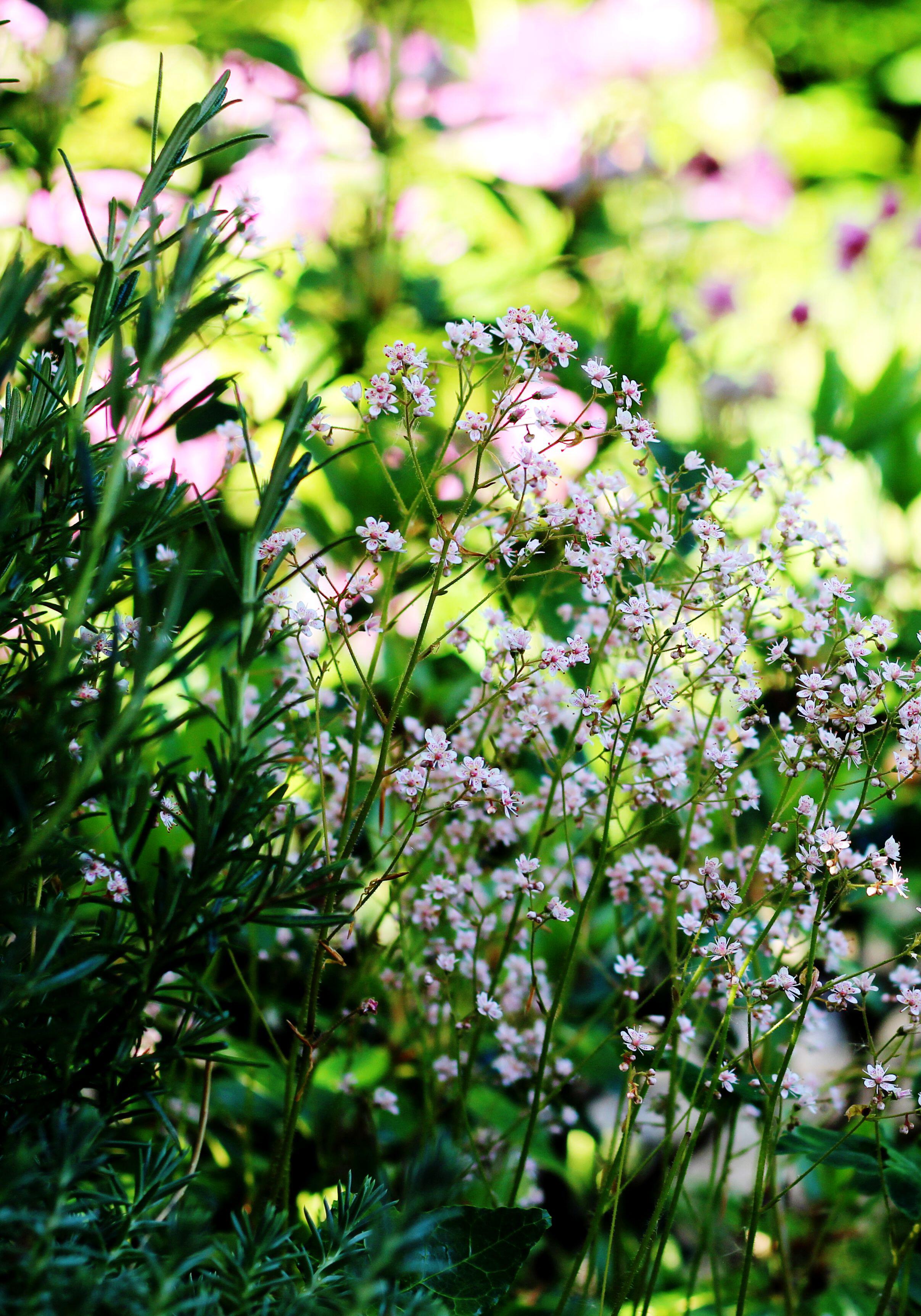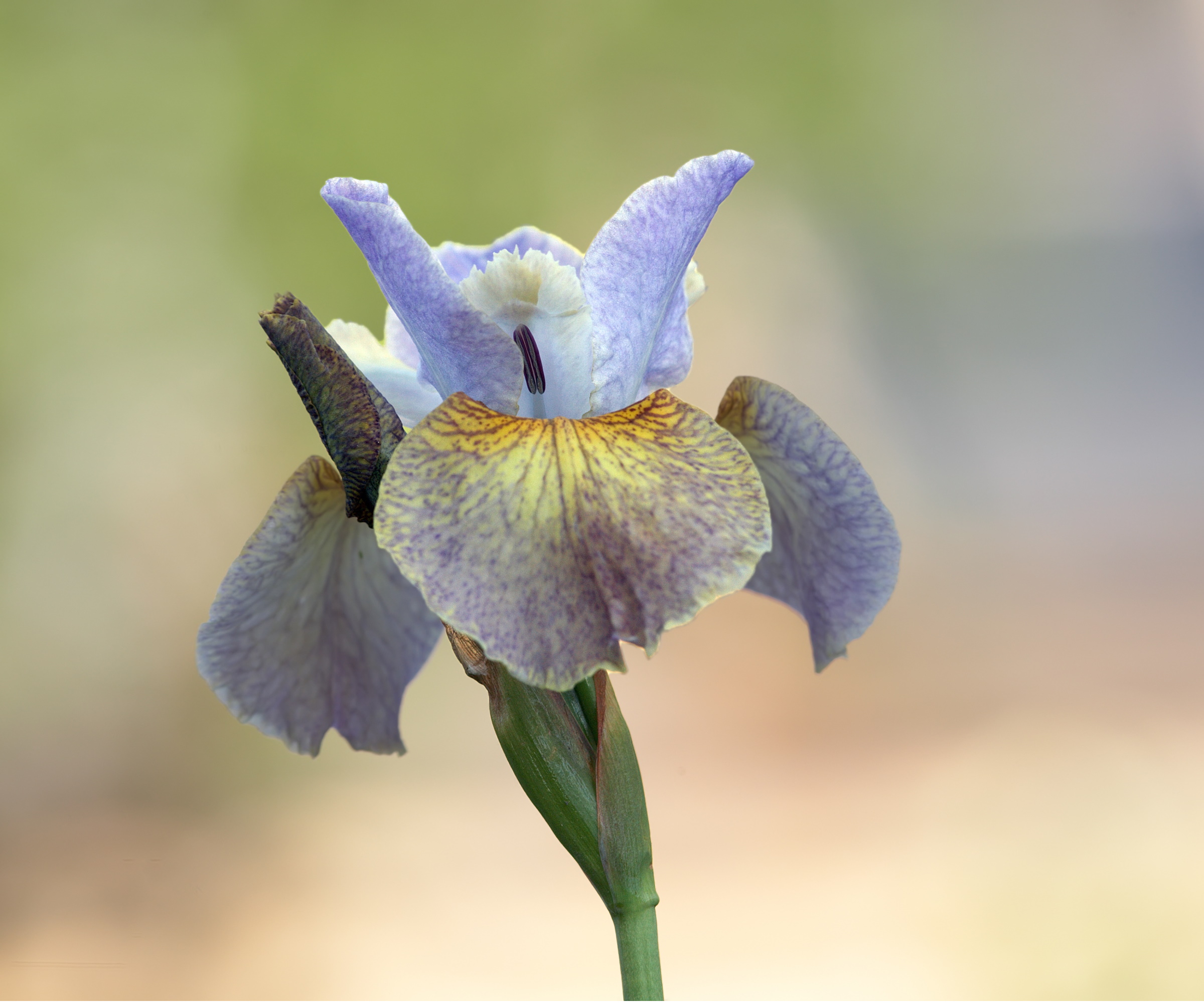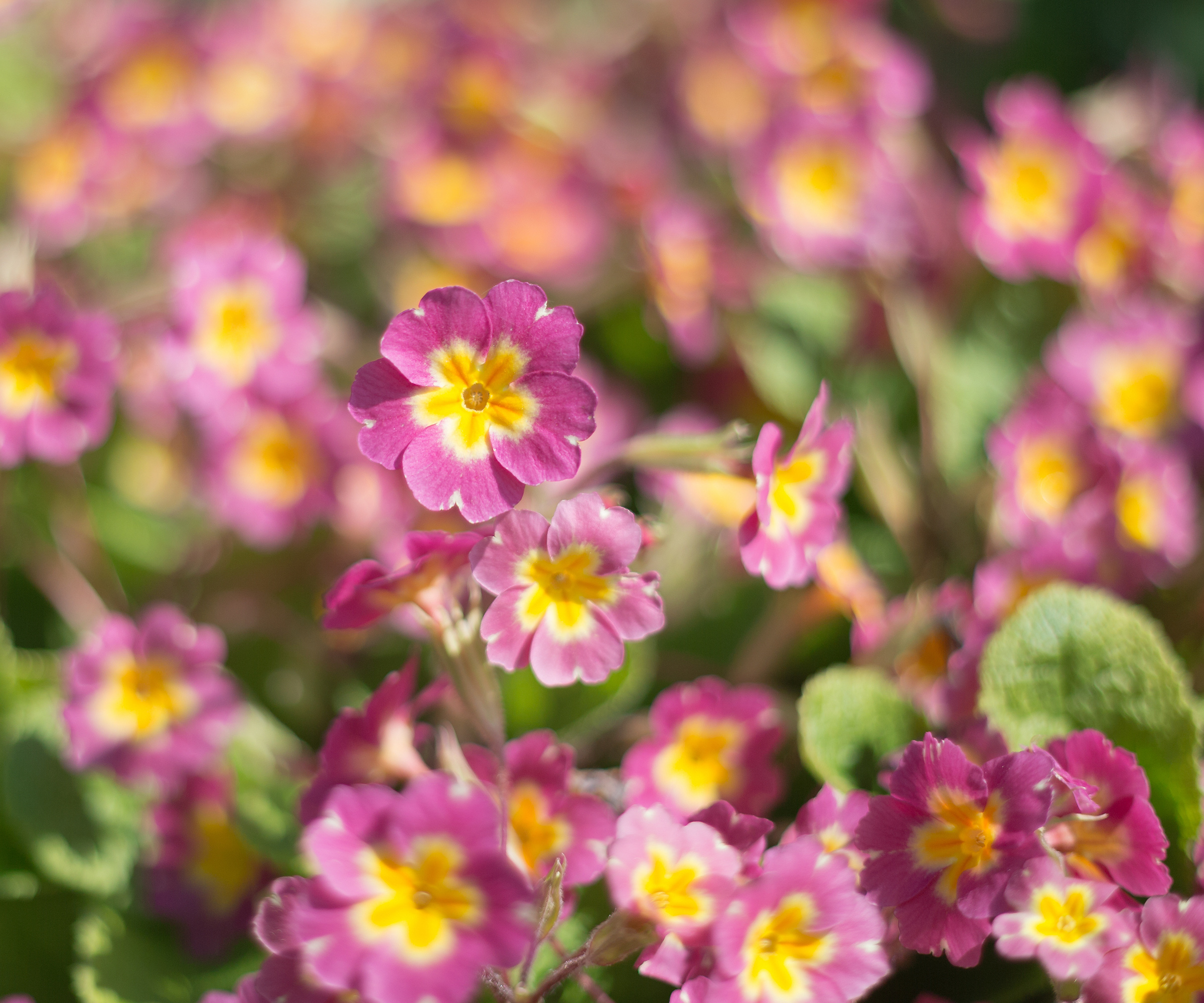Best spring flowers for shade – 5 blooms that don't mind hiding from the sun
Discover how to brighten up those shaded spots in your backyard this spring


Working with shade in the garden can be a daunting task, and you may wonder how it's possible to incorporate bright color into corners that don't get much sunlight.
'With a little planning, a shade garden can provide interest throughout the year with flower and leaf color, texture, and fragrance,' says Linda Eirhart, Director of Horticulture and Senior Curator of Plants at Winterthur Museum, Garden & Library.
Among the best shade plants there are a range of spring flowers that will provide beautiful blooms in shadier spots, meaning you can still have a colorful spring garden.
We've compiled an expert list of the best spring flowers for shade that will brighten up your backyard no matter the amount of sunlight it gets.


Linda Eirhart works together with the garden staff at Winterthur Museum, Garden & Library to preserve H. F. du Pont’s original design for the garden while enhancing the seasonal display and plant collection.
5 spring flowers for shade
It can be hard to know what to plant in your yard if it doesn't get as much sunlight, or you want to plant shaded areas such as north-facing walls, but there are still plenty of gorgeous flowers you can plant for spring that will tolerate darker spots away from the sun. Here's our expert list of the best spring flowers for shade.
1. Cyclamen

Cyclamen are perennial flowers that provide a pop of colorful blooms. They are early-flowering and much like glory of the snow, will appear towards the end of winter among snow-covered ground.
'Its natural habitat is under forest canopies where it gets filtered sunlight. Because of its ability to thrive in low-light conditions, it is an excellent choice for shaded garden areas,' says Juan Palacio, floral expert, founder and CEO of Bloomsybox.
Design expertise in your inbox – from inspiring decorating ideas and beautiful celebrity homes to practical gardening advice and shopping round-ups.
Hardy cyclamen can be grown in US hardiness zones 4-8 and are ideal for ground cover under trees or in a shady border.
If you have a low light corner of your home, cyclamen can also be grown indoors as a houseplant, like this pink cyclamen from Garden Goods Direct.

Juan Palacio is the founder and CEO of BloomsyBox.com, a floral subscription company that delivers fresh-cut flowers nationwide directly from Rainforest Alliance certified farms.
2. Crocus

For a gorgeous springtime display, crocus is an excellent choice for compact flowers that, when planted close together, create vibrant carpets in your yard.
Growing in US hardiness zones 3-8, these spring bulbs flower early in February and March in shades of purple and white. They're quite versatile and can be grown under trees or shadier containers, like in these rustic bucket barrel planters from Walmart. Crocus flowers will also be happy with lots of sunlight.
'Their cheery colorful flowers attract winter-weary bees and pull us all out of the winter doldrums. They naturalize and multiply, making sweeps of color through garden beds or even in your lawn,' says Marcia Stephenson, Director of Advancement at the Delaware Center for Horticulture.

As Director of Advancement at Delaware Center for Horticulture (DCH), Marcia Stephenson leads and advances the organization’s donor engagement, fundraising, and philanthropic initiatives. Having been with DCH for more than 20 years, Marcia previously served as the Member-Donor Relations Manager. Marcia holds a B.S. in Horticulture with a minor in Art from the University of Delaware.
3. Iris foetdissima

There's no doubt that iris is a popular choice for any spring garden, with its different varieties offering a plethora of colors and sensational flowers.
'Iris foetidissima, also known as the Stinking Iris or Gladwyn Iris, is a highly adaptable plant that can grow well in shaded areas due to its ability to thrive in various light conditions,' says Juan.
'This perennial is particularly well-suited to shady spots because it can photosynthesize efficiently, even in low-light environments. Its hardy nature and tolerance to shade make it a great choice for gardens with limited sunlight,' he adds.
These small, purple and yellow-tinged irises thrive in US hardiness zones 7-10. They're a beardless variety that will appear later in spring to add striking foliage to shaded spots.
In winter, these irises bear large pods that show off striking orange seeds.
4. Primrose

A flower that also appears to show us signs of winter ending are early-flowering primroses, or Primula.
We are spoilt for choice when it comes to the number of different primroses, all with vibrant flowers in different colors, from purple to orange.
'Primroses are showy spring shade garden perennials that come in a wide array of sizes, shapes and colors,' says Marcia.
'Plant them in swaths of color to brighten up areas under later blooming perennials and trees,' she adds.
Many types of primroses grow in US hardiness zones 3-8 and can be used in different ways to add a pop of color in the yard.
5. Forget-Me-Nots

If you're after something a bit daintier, clusters of forget-me-nots, or Myositis sylvatica can add delicate charm to your shade spring garden.
'Clouds of delicate blue flowers with yellow centers brighten up a part shade garden beautifully. They self-sow and look great in masses,' says Marcia.
These little flowers can be grown in US hardiness zones 3-8 and work particularly well in a shady border. Their powder blue hue adds a softness to shaded spots and they will bloom from May until October.
Forget-me-nots are also a valuable source of nectar and will attract bees and butterflies to your garden.
You can grow forget-me-nots from seed and they make for meaningful gifts, like these forget-me-not seeds from Walmart.
FAQs
How can you create shade in your garden?
There are lots of ways to introduce some shade to a sunny garden if you want to grow blooms that do best out of the sun. You might choose to incorporate a pergola where you can place containers of shady bulbs, as well as garden seating for hosting. For something more natural, you can increase the tree cover in your garden. This provides a great opportunity to grow ground cover plants that don't mind shade and will add pops of color to your lawn.
Having a shaded garden doesn't mean you can't have bright blooms for spring. There are so many spring flowering bulbs that are happy being out of the sun and will still give you a gorgeous springtime display. You can also incorporate shrubs for shade and climbing plants for shade to add even more interest and different structure to your shade garden.

Tenielle is a Gardens Content Editor at Homes & Gardens. She holds a qualification in MA Magazine Journalism and has over six years of journalistic experience. Before coming to Homes & Gardens, Tenielle was in the editorial department at the Royal Horticultural Society and worked on The Garden magazine. As our in-house houseplant expert, Tenielle writes on a range of solutions to houseplant problems, as well as other 'how to' guides, inspiring garden projects, and the latest gardening news. When she isn't writing, Tenielle can be found propagating her ever-growing collection of indoor plants, helping others overcome common houseplant pests and diseases, volunteering at a local gardening club, and attending gardening workshops, like a composting masterclass.